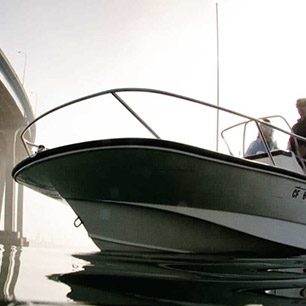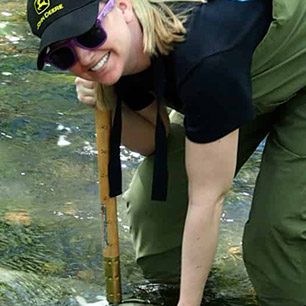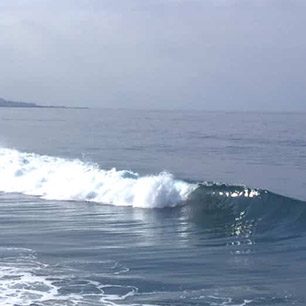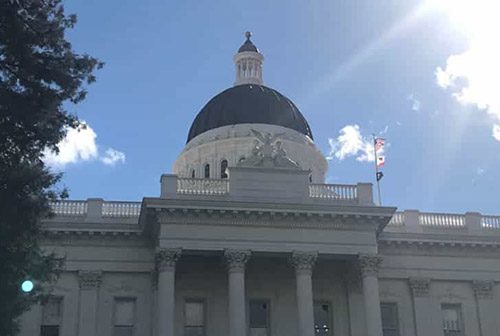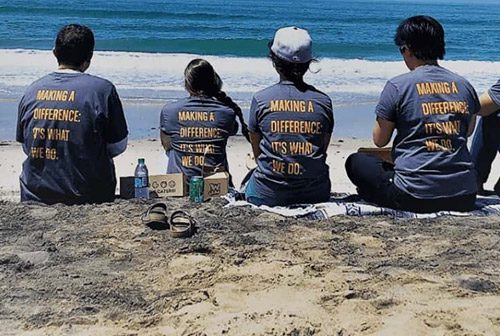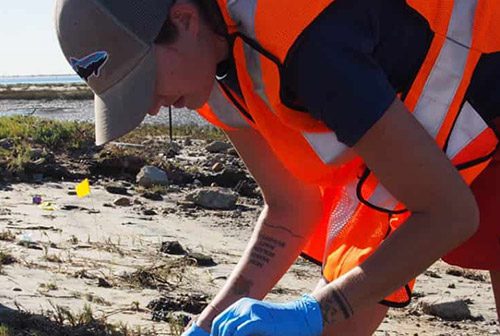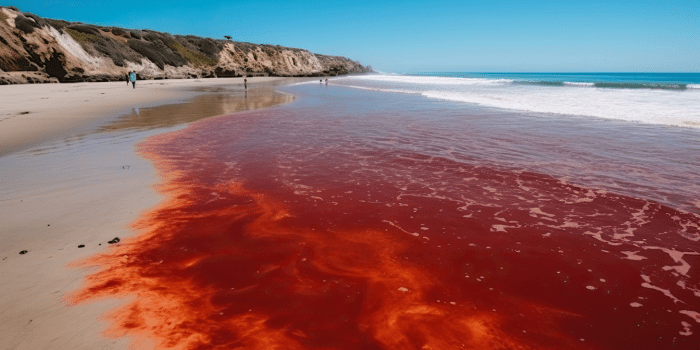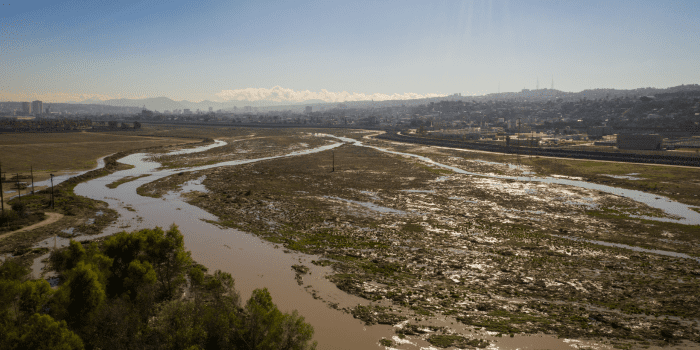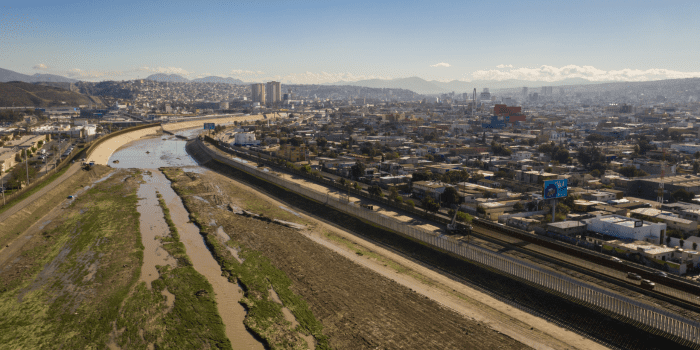Coastkeeper encourages City Council to approve the infrastructure upgrade to protect the region’s economy, health, environment
SAN DIEGO, CA-January 25, 2011 – San Diego Coastkeeper, the region’s environmental watchdog protecting inland and coastal waters, applauds City of San Diego’s wastewater officials for its recently unveiled generator backup plan for eight sewage pumps stations in the city. According to a recent Union-Tribune article, the approximately $12-million strategy “relies on leasing temporary backup generators for vulnerable sites in the city’s sprawling wastewater system while permanent ones are installed by mid-2013.”
The plan, which still requires City Council approval, is in response to the estimated 3.7 million gallons of sewage that spilled on Sept. 8, 2011, during a blackout that affected the southwestern United States.
“This improved sewage generator backup plan is necessary to protect residents’ health, our tourism economy and the environment,” said San Diego Coastkeeper Executive Director Gale Filter. “We highly advise the City Council to approve this investment in sewage infrastructure, which they’ve known for many years is needed.”
San Diego Coastkeeper volunteers first discovered and reported the harmful impacts to the Los Peñasquitos Lagoon following the 3.5-million gallon sewage spill from the Roselle Street pumping station in September 2011. Due to the reporting and sustained monitoring efforts of Coastkeeper’s first responders, City and Regional Water Quality Control Board staff eventually set up mitigation efforts to remove sewage from the lagoon.
Coastkeeper presented the data and images to the City Council’s Natural Resource & Culture Committee on Sept. 28, 2011, as part of the report from the Public Utilities Department regarding power outage impacts. Then on Oct. 26, 2011, Coastkeeper’s executive director also reported on the findings during the Joint Legislative Committee on Emergency Management during a Joint Oversight Hearing at the California State Assembly Committee on Utilities and Commerce.
“We’re thankful Coastkeeper’s volunteers found where the sewage had pooled and alerted our team to take action,” said Filter. “It takes a community to protect our waters—we’ve done our part and now it’s time for the City of San Diego to close the loop and protect its residents by installing these backup generators.”
The loss of power on Sept. 8, 2011, caused three major sewage spills in the San Diego and Baja region in total. In addition to the North County incident, about 200,000 gallons spilled into the Sweetwater River from a pump station near Interstate 5 and state Route 54. And Baja California authorities reported a pump station lost power and sent 3.8-million gallons of sewage into the Tijuana River. These spills came nearly two weeks after a 250,000-gallon sewage spill into the San Elijo Lagoon. Authorities reported loss of power as the reason for all four sewage spills.
Learn more about Coastkeeper’s efforts during the sewage spill crisis by reading its blog.
# # #
San Diego Coastkeeper
Founded in 1995, San Diego Coastkeeper aims to protect and restore fishable, swimmable and drinkable waters in San Diego County. Our team seeks always (and all ways) to be impactful, thoughtful, courageous, transparent, innovative, collaborative, consistent, passionate and exemplary. For more information, visit us online at https://www.sdcoastkeeper.org.

